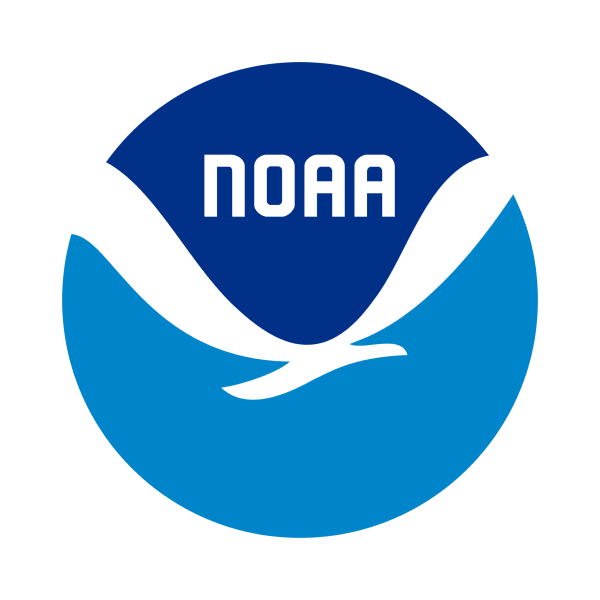Disasters can create large amounts of marine debris that enter the ocean, waterways, and Great Lakes all at once. Natural disasters, such as hurricanes, tsunamis, floods, and typhoons can create an enormous amount of damage, moving items that were originally on land into the ocean. Accidents at sea can cause vessels, shipping containers, and other large items to become marine debris.
What is disaster debris?
Extreme natural events such as hurricanes, tornadoes, tsunamis, floods, and typhoons can devastate human life and property, as well as create large amounts of marine debris. Storms can deposit almost any object into the ocean. The high winds, heavy rains, flooding, and tidal surges can carry objects of all sizes far out to sea. Yard furniture, cars, boats, parts of homes, household appliances, and fencing or docks can end up in waterways and the ocean during a storm.
Disasters created by overturned vessels and other accidents at sea can also create large amounts of marine debris all at once. Transportation accidents, spills from cargo ships, and collisions with large infrastructure, such as bridges and dams, can all contribute to marine debris.
Following a storm or accident at sea, marine debris can threaten navigation, making it difficult and dangerous to reach people in need. It can also destroy natural resources, including critical fish habitat. Disaster debris can even be dangerous to people and threaten their safety. Large debris pieces or large machinery used to remove debris can increase safety concerns. Exposure to hazardous materials (such as refrigerators, oil, or construction debris that may contain asbestos), poor quality water, and burning debris can also pose health risks.
How can I prepare for storms and prevent marine debris?
Hurricanes and severe storms cause high winds, rain, strong waves, and storm surges. These conditions can damage or destroy your home, boat, or other property, put your family or business at risk, and have the potential to create a large amount of marine debris.
If you live in an area that could be impacted by hurricanes, make sure to check out the National Hurricane Center for information on hurricane preparedness and how to keep you, your family, and your home safe.
As you’re prepping for an incoming storm, keep marine debris in mind and take some simple steps to secure your home and reduce the creation of storm-related debris:
- Move any loose outdoor items indoors, including furniture, birdfeeders, decorations, and trash bins. These items can blow away and become marine debris.
- For any items that can’t be stored indoors, be sure they are tightly secured.
- Tie down trash and recycling bin lids so they can’t blow open during a storm.
- Pick up debris and litter in the neighborhood prior to a storm.
- If you own a boat, remove it from the water and secure it on high ground before the storm.
What does the NOAA Marine Debris Program do to address disaster debris?
The NOAA Marine Debris Program responds to extreme weather events and provides expertise on marine debris. We also prepare for disaster events by creating Marine Debris Emergency Response Guides. These guides describe how emergency responders and government agencies work together to respond to marine debris created during disasters, including storms and accidents at sea.
Hurricane-related marine debris removal is costly and can take years to complete, especially on small islands. In these areas, limited landfill space means responders may need to export the trash. The NOAA Marine Debris Program offers several nationwide, competitive funding opportunities for marine debris removal, prevention, and research. Disaster relief funding may become available to support states and territories in the wake of an event.
 An official website of the United States government.
An official website of the United States government. 
